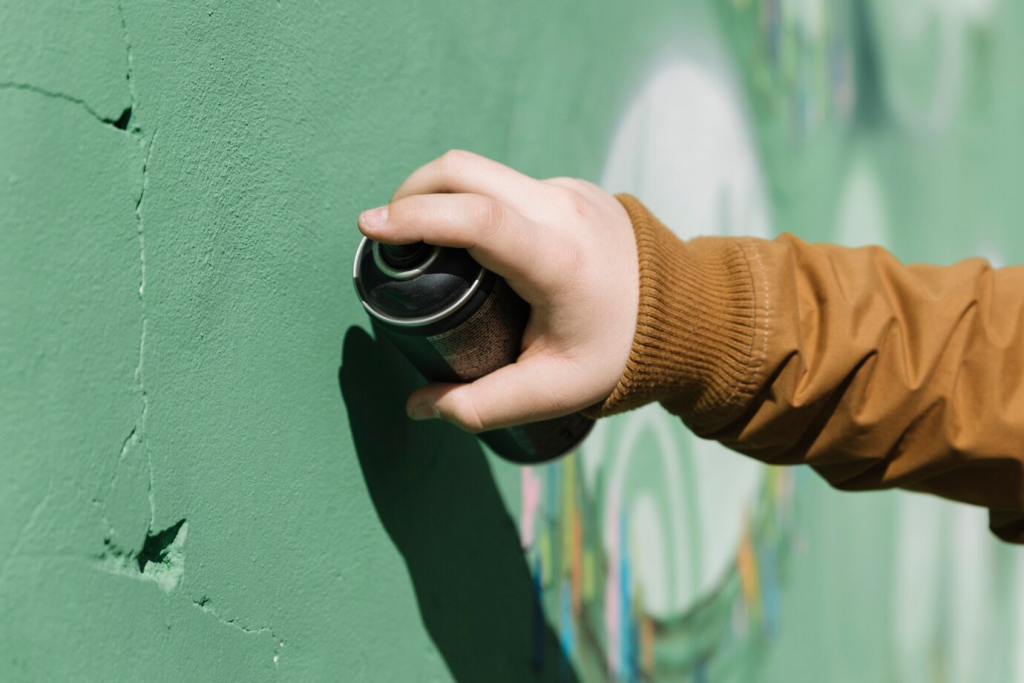Exploring the Secret Language of Street Art
Emma Brooks May 6, 2025
Introduction: More Than Meets the Eye
Doubtedly street art isn’t just about vibrant colors and bold designs; it’s a complex visual language conveying messages of identity, resistance, and community. From cryptic tags to symbolic murals, each piece tells a story waiting to be deciphered.

The Art of the Tag: Signatures of the Streets
Earlier at the heart of street art lies the “tag”—a stylized signature representing the artist’s identity. These tags are more than mere names; they signify presence, territory, and reputation within the graffiti community. The complexity and placement of a tag can indicate an artist’s skill and daring
Symbolism in Murals: Messages Beyond Words
Certainly street murals often incorporate symbols to convey deeper meanings
- Clenched Fist: Represents resistance and solidarity.
- Dove: Symbolizes peace and hope.
- Eyes: Suggest surveillance or societal awareness.
These symbols serve as visual shorthand for complex social and political messages, allowing artists to communicate across language barriers.
Codes and Jargon: The Lexicon of Graffiti
Certainly the graffiti community employs a unique set of terms:
- Toy: An inexperienced or unskilled artist.
- Throw-up: A quickly executed piece, often bubble letters.
- Burner: A complex, high-quality piece.
- Crossing: Painting over another’s work, often seen as disrespectful
Understanding this jargon is key to interpreting the social dynamics and hierarchies within street art culture.
Hidden Messages: The Case of PRAY
As an illustration in 1970s New York City, the word “PRAY” began appearing etched into various surfaces, often accompanied by religious phrases. This enigmatic tag became ubiquitous, its creator remaining anonymous. The PRAY graffiti exemplifies how street art can serve as a vehicle for personal or spiritual expression, leaving a lasting impact on urban landscapes.
Artists as Linguists: Crafting Unique Alphabets
After all some artists develop their own visual languages:
- RETNA: Combines calligraphy and hieroglyphics to create a distinctive script.
- Rammellzee: Developed “Gothic Futurism,” using letters as weapons against societal constraints.
These personalized alphabets transform street art into a form of coded communication, challenging viewers to engage more deeply with the work.
The Global Dialect: Street Art Around the World
While rooted in local cultures, street art shares common themes globally:
- Political Protest: Murals addressing social injustices.
- Cultural Identity: Art reflecting indigenous or marginalized communities.
- Urban Commentary: Pieces critiquing city life and development.
This universality underscores street art’s role as a powerful medium for shared human experiences.
Conclusion: Reading the Walls
Finally street art is a dynamic, evolving language that speaks volumes about society, identity, and resistance. By all means to interpret its symbols and codes, we gain insight into the voices and stories that shape our urban environments.
References:
- “Graffiti Terminology,” UP Magazine.
- “The Symbolism of Graffiti,” The Symbolic World.
- “Graffiti Artist RETNA’s Murals,” Maddox Gallery.upmag.comHOME – The Symbolic Worldmaddoxgallery.com+1Home+1





